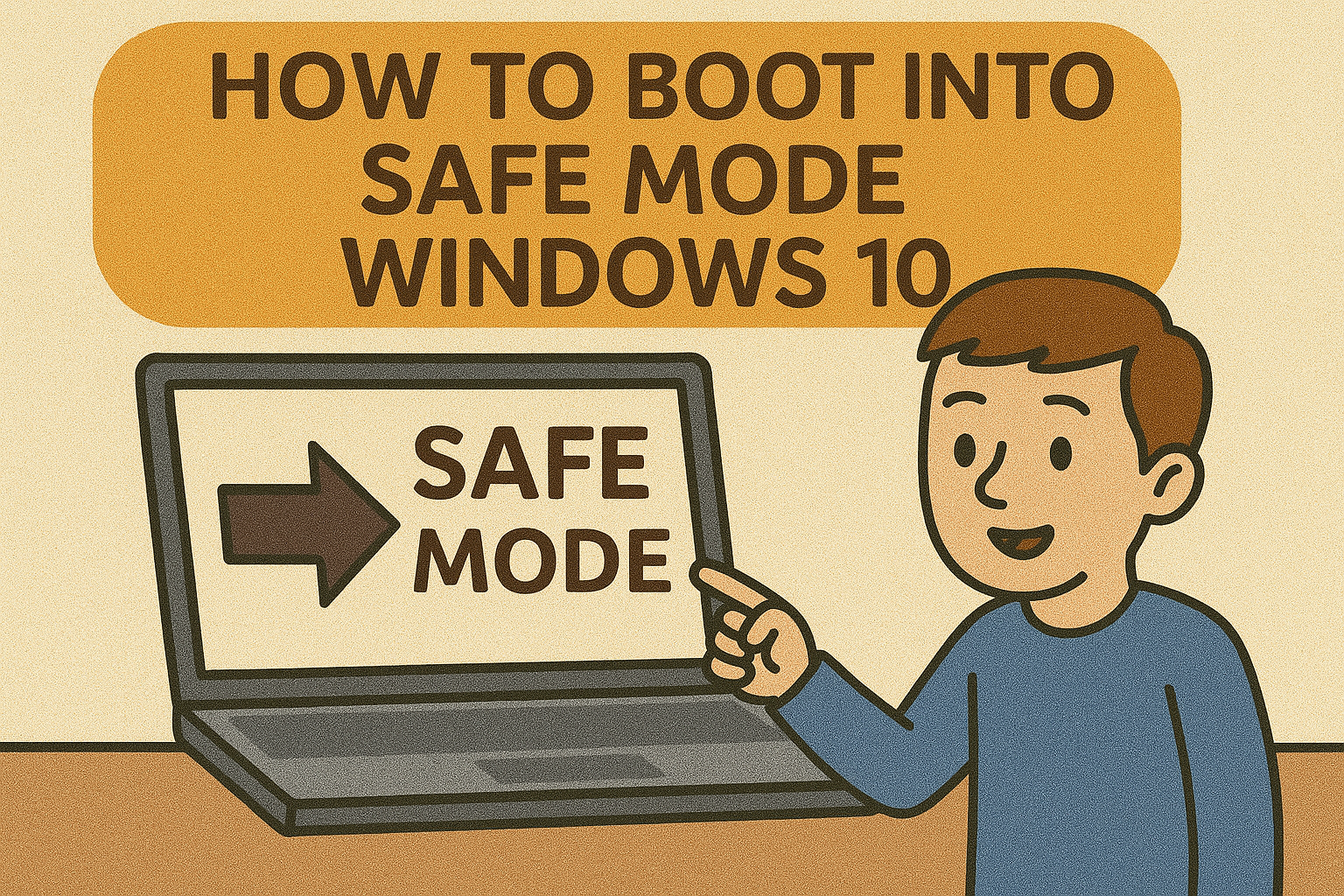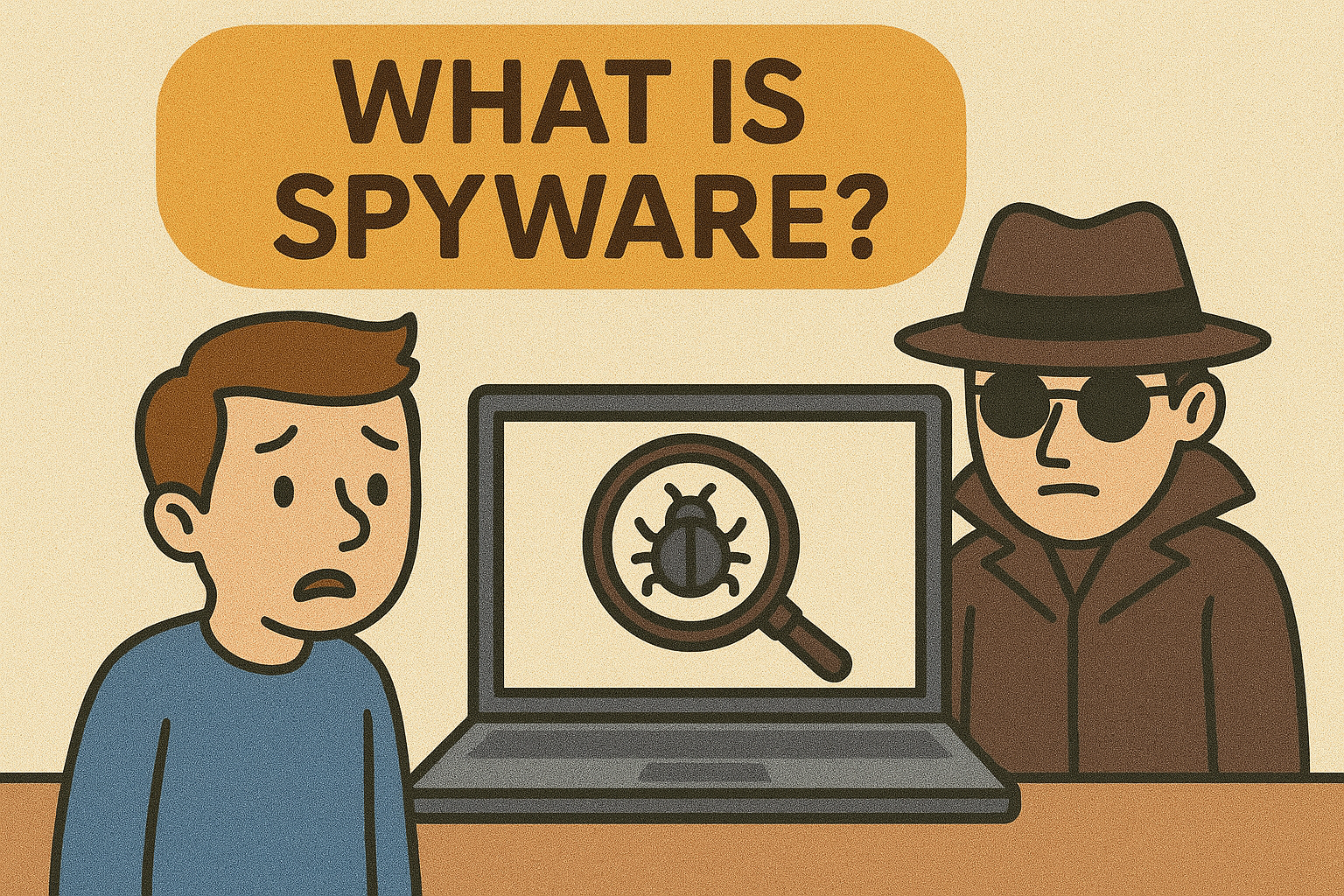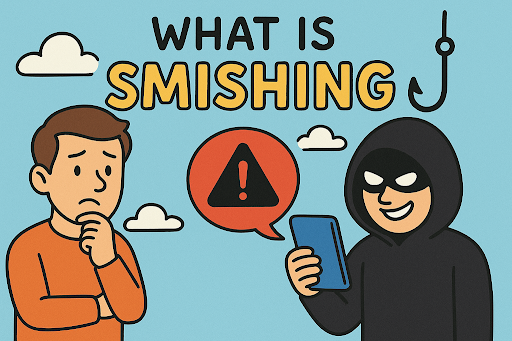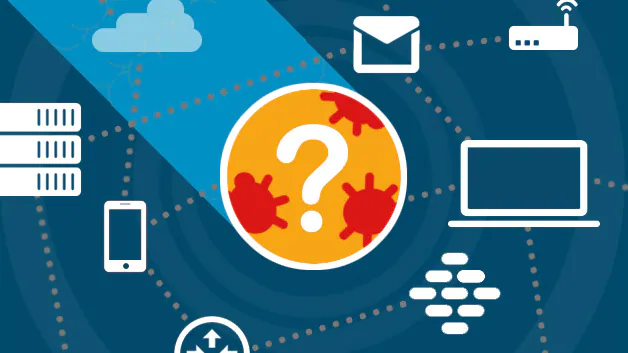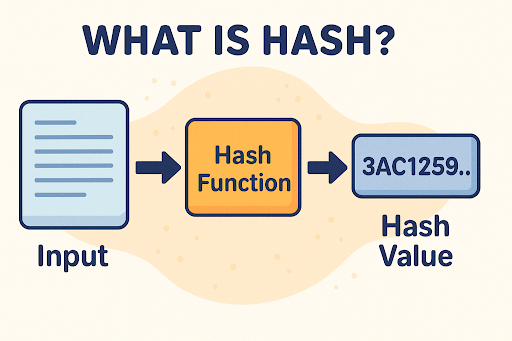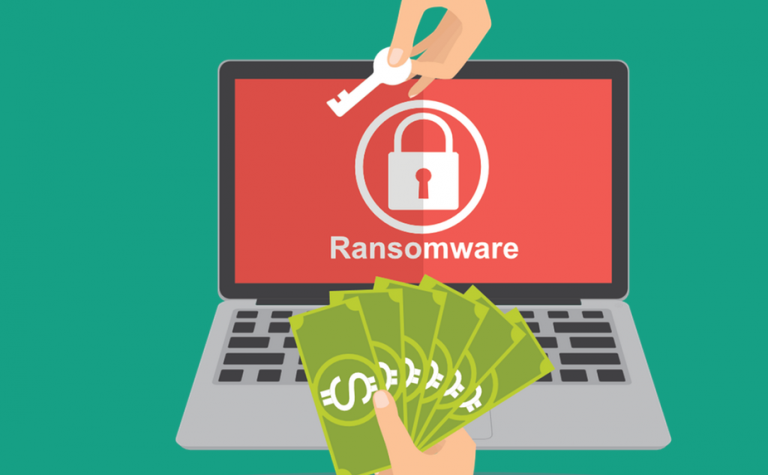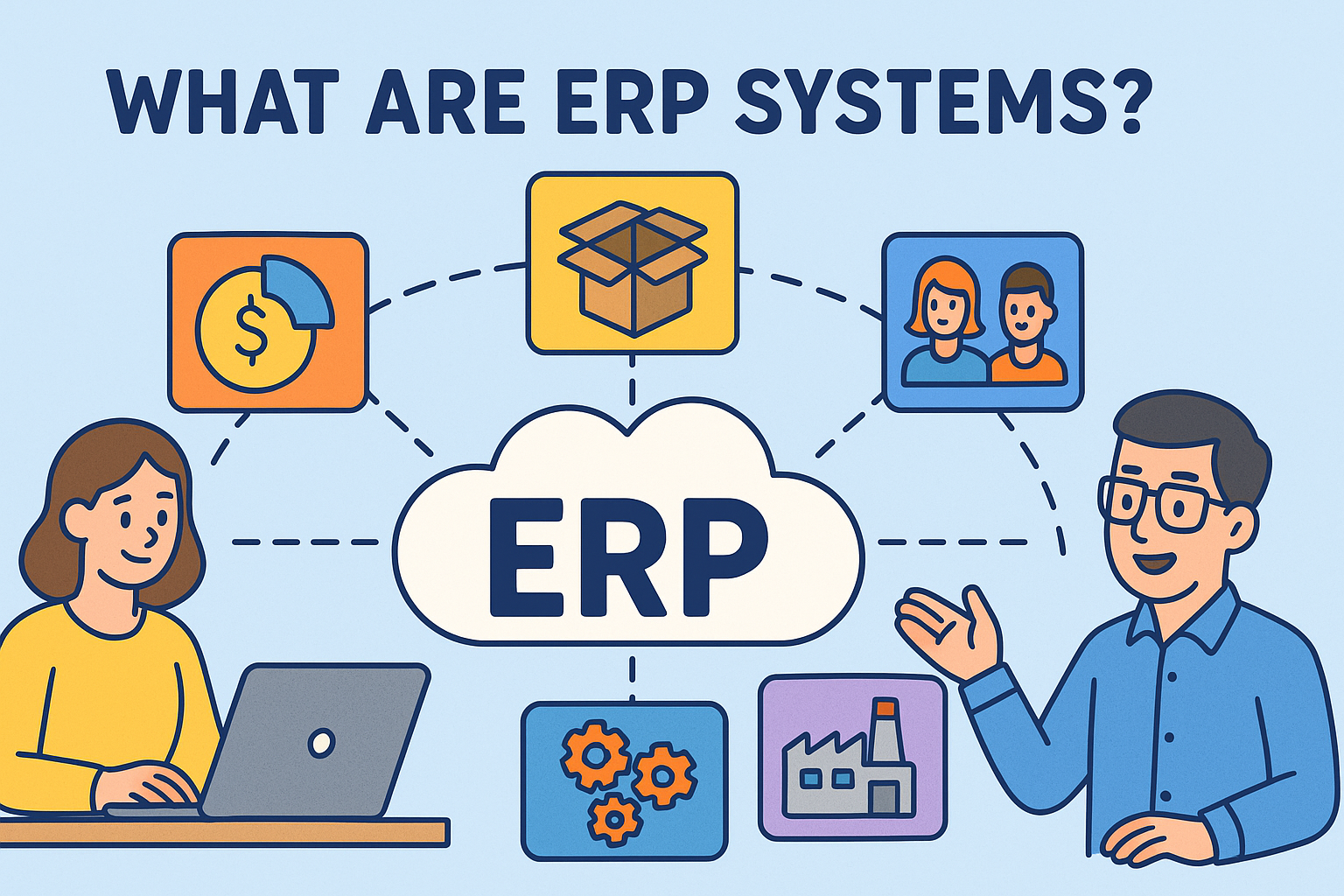How Does A Ransomware Attack Work?
Updated on October 10, 2022, by Xcitium

As a type of malware, ransomware attacks work like every other malware—targeting users’ computer users’ data. However, other famous malware such as Trojans, worms, and viruses are known to corrupt data or damage them entirely. But this is not the case with ransomware. While some attacks may lead to data damages, the intent is to get money from its victims forcefully. Perhaps this gives you a clue on how ransomware works, but if you are still puzzled, read on to learn more about how a ransomware attack works.
What Is Ransomware?
Ransomware is a malicious computer program that encrypts users’ data and limits their access. Once the malware penetrates a computer, it looks for the essential files, encrypts, and makes them unreadable before displaying an on-screen message asking the victim to pay some money to purchase a unique decryption key. Most attacks will further leave a warning about destroying data if the victim fails to pay the ransom promptly. The payments are often requested in Bitcoins.
How Does Ransomware Attacks Work?
You already know the impact of ransomware. That’s what it does, and the attacks are launched through phishing and other methods of spreading malware. Here is how attackers plot ransomware attacks:
Develop the Codes
Ransomware malware is a malicious code developed by cybercriminals. So before the attacks are carried out, the attackers start by creating the codes, which will be eventually spread to their targets.
Look for a Host File
There’s no visible computer program known as ransomware. The attackers create the codes and look for a host to push the malware out. Of course, no one will willingly install a visible ransomware program, so the attackers embed the codes on email attachments such as docs files, Zip files, spreadsheets, PDF, etc. These attachments appear to house different information but contain the malware. Ransomware can also be hidden in software and URLs.
For attachments and URLs, they are sent along with deceitful emails, which may appear to come from someone you know–friends, business associates, clients, service providers, etc. This is a trick to have you open the attachment or click on the link. Of course, the malware may find shelter on your computer once you open the attachment on the link, unless you have an active anti-malware that can block advanced threats.
The software can also send you into ransomware attacks. Examples of such software are cracked ones. The author of the cracked software may hide malware inside to monitor and attack your computer after installing it. On the other hand, cracked software does not receive updates from the original developers, and this leaves it open for attacks.
Pop-ups websites can also pass ransomware to your computer. Some criminals create websites for scam purposes but add other content that may attract visitors. If you stumble on such websites, you may see a pop up asking you to update an application on your computer or scan your device to get rid of malware. You do instead invite a malware by following the pop-ups instructions.
All these methods are used in hosting ransomware before spreading to computer users.
Takes Over Victims Computer
At this time, the malware is already on a victim’s computer. So the creator can view the computer files and hovers around to find folders with essential data. The next action is a complete restriction of the user’s access after encrypting data and requesting a ransom. This is the time most victims realize that they are attacked by ransomware malware.
The payment information is displayed on the screen of the attacked computer and other instructions. For most victims, payment is imminent, as the codes are usually tricky to crack. Once payment is made, the attacker releases the decryption key to the victim. However, there are few cases where victims couldn’t get the decryption key after payment of ransom.
How Can You Identify Ransomware?
Unfortunately, the pre-ransomware period is usually undetectable, or rare to detect if you rely on traditional security systems. As you may know, traditional security systems such as antiviruses/anti-malware programs do not block most advanced malware, and ransomware attackers are developing more difficult codes.
You need advanced security systems to protect against sophisticated malware. Xcitium’s Advanced Endpoint Protection (AEP) can offer you the best advanced endpoint protection capable of blocking tricky malware. You can learn more about AEP here.
Closing Thoughts
Ransomware attacks can cost you huge money, slow your business, and perhaps send you off business. Ensure you deploy the best security systems to protect your data. Also, make sure to back up your data.





